Home>Garden Essentials>What Is Seed Treatment
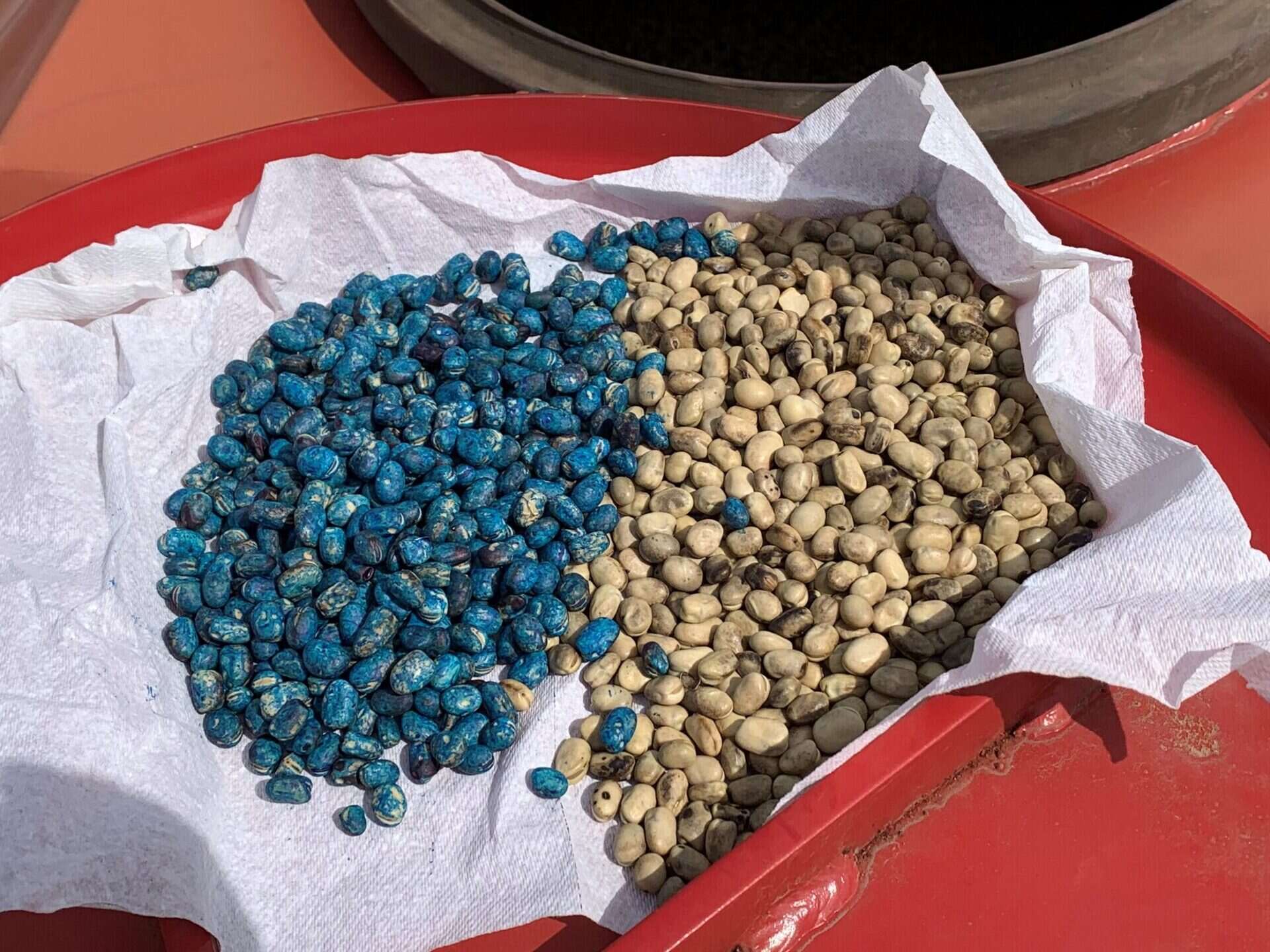

Garden Essentials
What Is Seed Treatment
Modified: September 1, 2024
Discover the benefits of seed treatment for your garden. Enhance germination, disease resistance, and plant health with this essential gardening practice.
(Many of the links in this article redirect to a specific reviewed product. Your purchase of these products through affiliate links helps to generate commission for Storables.com, at no extra cost. Learn more)
Introduction
Welcome to the world of seed treatment, where the magic of science meets the beauty of gardening. If you’re an avid gardener or a professional horticulturist, you may have heard of this term before. But for those new to the gardening world, seed treatment may be unfamiliar territory. Fear not, because in this article, we will dive deep into the fascinating realm of seed treatment and explore its benefits, methods, and future trends.
Seed treatment is a practice that involves applying substances to seeds before planting them. These substances can include pesticides, fungicides, fertilizers, and other beneficial additives. The primary purpose of seed treatment is to protect seeds from diseases, pests, and environmental stresses, as well as to enhance their germination and overall vigor.
Now, you may be wondering why seed treatment is necessary when you can simply plant untreated seeds. Well, dear reader, that’s where the magic lies. Seed treatment offers a range of advantages that can significantly improve your gardening success rate and ultimately yield healthier, more robust plants.
Before we delve into the benefits of seed treatment, it’s important to note that all seeds are not created equal. Each seed possesses its own unique characteristics, including size, dormancy, and susceptibility to diseases. Therefore, seed treatment plays a crucial role in modifying and enhancing these innate qualities, giving seeds the best possible start in life.
So, why should you give seed treatment a try? Firstly, seed treatment provides effective protection against pests and diseases. Seeds are highly vulnerable during their germination and early growth stages, making them an easy target for pests and pathogens. By treating seeds with appropriate pest control agents, you can safeguard them from the onslaught of harmful insects and diseases.
In addition to pest control, seed treatment also offers beneficial effects through the application of fertilizers. Many seed treatment products contain specially formulated fertilizers that provide essential nutrients to seeds, promoting healthier root development and overall plant growth. This not only ensures better establishment but also increases the plant’s resilience to environmental stresses.
Furthermore, seed treatment can enhance seed germination and speed up the emergence of seedlings. Some seeds naturally have a hard outer coating or are inherently slow to germinate. By subjecting these seeds to treatments that break down dormancy or stimulate metabolic processes, you can expedite the germination process and see faster, more uniform seedling emergence.
One of the key benefits of seed treatment is its improved seedling establishment. Seeds treated with fungicides and other protection agents are less likely to succumb to soil-borne pathogens, which can hinder germination and lead to poor seedling emergence. By reducing the risk of seedling diseases, seed treatment encourages stronger and healthier plant growth right from the start.
Now that we’ve explored the various advantages of seed treatment, it’s time to dive into the popular methods used for treating seeds. Join me in the next section as we unravel the secrets behind common seed treatment methods.
Key Takeaways:
- Seed treatment protects seeds from pests and diseases, enhances germination, and promotes healthy plant growth, ensuring gardening success and bountiful harvests.
- Future trends in seed treatment focus on sustainability, precision, and personalized treatments, paving the way for greener, more effective, and tailored approaches to plant health.
Definition of Seed Treatment
Seed treatment is a specialized technique in gardening and agriculture that involves applying various substances to seeds before planting them. These substances can include pesticides, fungicides, herbicides, fertilizers, growth regulators, and other beneficial additives. The purpose of seed treatment is to protect seeds from pests, diseases, and environmental stresses, as well as to enhance their germination, seedling vigor, and overall plant health.
Seed treatment is commonly practiced in commercial agriculture, where large quantities of seeds are treated before being sown in the field. However, it is also gaining popularity among home gardeners who want to ensure the success of their plants from the very beginning. By treating seeds, gardeners can give their plants a head start and increase the likelihood of healthy growth and high yields.
The substances used in seed treatment can be applied in various forms, including powders, liquids, and coatings. They are typically formulated to adhere to the surface of the seed and provide a protective barrier against pests and diseases. Some seed treatment products also contain growth-promoting additives that stimulate root development and nutrient uptake.
There are several factors to consider when choosing the appropriate seed treatment method. These factors include the type of seed, the target pests or diseases, and the environmental conditions in which the seeds will be planted. Different crops may require specific treatments to effectively control pests and diseases that commonly affect them.
It is important to note that seed treatment should only be carried out using approved products and following recommended application rates. Applying excessive amounts of treatment substances can be detrimental to the seeds and the environment. It is crucial to adhere to label instructions and seek guidance from local agricultural extension services or gardening experts.
Seed treatment is often conducted at specialized facilities equipped with seed treatment machinery. These machines ensure precise and uniform application of the treatment substances to the seeds. The treated seeds are then bagged or packaged, ready for distribution to farmers or home gardeners.
Seed treatment is not a one-size-fits-all approach and should be tailored to the specific needs of the plants and the growing conditions. It is essential to understand the characteristics of the seeds and the potential pests and diseases they may encounter in order to select the most suitable treatment options.
Overall, seed treatment is an effective and proactive method to protect and enhance the quality of seeds, ensuring healthy plant growth and improved crop yields. By investing in seed treatment, gardeners and farmers can maximize the potential of their seeds and increase the success of their gardening endeavors.
Benefits of Seed Treatment
Seed treatment offers a multitude of benefits for both commercial agriculture and home gardening. By subjecting seeds to treatment before planting, gardeners and farmers can reap the following advantages:
1. Pest and disease control: Seed treatment provides effective protection against pests and diseases that can devastate crops. By applying insecticides, fungicides, and other control agents to the seeds, gardeners can prevent or mitigate damage caused by pests and pathogens. This early protection helps establish healthy plants right from the start.
2. Enhanced seedling vigor: Treated seeds have an increased chance of producing vigorous seedlings. The application of growth-promoting additives and fertilizers can stimulate root development, nutrient uptake, and overall plant growth. As a result, plants from treated seeds exhibit stronger root systems, improved resistance to environmental stresses, and better overall vigor.
3. Increased germination rates and uniformity: Some seeds naturally have hard outer coatings or can take a long time to germinate. Seed treatment methods such as scarification or stratification can break down dormancy barriers and speed up germination. This results in higher germination rates and more uniform emergence of seedlings, giving gardeners a greater chance of success.
4. Protection against soil-borne diseases: Seeds treated with fungicides are less susceptible to soil-borne diseases that can hinder germination and seedling growth. These diseases, such as damping-off or root rot, can be detrimental to young plants. Seed treatment helps create a protective barrier, reducing the risk of seedling diseases and promoting healthier root development.
5. Control of seed-borne diseases: Some seeds can carry diseases within themselves, which can be detrimental to the entire crop if left untreated. Seed treatment can effectively eliminate or suppress seed-borne pathogens, ensuring that plants have a healthy start and reducing the risk of disease transmission.
6. Convenience and efficiency: Seed treatment allows for the application of multiple treatments in a single step. Instead of treating plants individually or relying solely on foliar sprays, seed treatment simplifies the process by addressing potential issues at the seed level. This saves time and effort for gardeners and farmers, increasing efficiency in their gardening or farming practices.
7. Environmental sustainability: Seed treatment can contribute to sustainable agriculture by reducing the need for excessive pesticide use. By targeting pests and diseases at the seed stage, gardeners and farmers can minimize the use of broad-spectrum pesticides, which may have adverse effects on beneficial insects and the environment as a whole.
It is important to note that while seed treatment offers numerous benefits, it should be used responsibly and in accordance with recommended guidelines. Gardeners and farmers should focus on utilizing approved products, following proper application techniques, and considering the specific needs of their crops and growing conditions.
By incorporating seed treatment into gardening and agricultural practices, individuals can improve the health and productivity of their plants, leading to successful harvests and thriving gardens.
Common Seed Treatment Methods
Seed treatment methods can vary depending on the specific needs of the seeds and the desired outcomes. Here are some of the most common seed treatment methods used in gardening and agriculture:
1. Chemical seed treatment: Chemical seed treatment involves the application of pesticides, fungicides, and other control agents to protect seeds from pests and diseases. These treatments are typically applied as seed coatings or dusts and provide a protective barrier against insect pests and seed-borne pathogens. Chemical seed treatments can effectively control a wide range of pests and diseases, including insects, fungi, and bacteria.
2. Biological seed treatment: Biological seed treatment involves the use of beneficial microorganisms, such as bacteria or fungi, to enhance seed health and promote plant growth. These microorganisms can colonize the seed surface and establish a symbiotic relationship with the plant, providing protection against pathogens and improving nutrient availability. Biological seed treatments are often used as alternatives to chemical treatments, as they are environmentally friendly and have minimal impact on non-target organisms.
3. Physical seed treatment: Physical seed treatment methods involve using physical processes to modify seed structures or remove seed coatings. Scarification is a common physical treatment where the seed coat is mechanically scratched or filed to break seed dormancy and promote germination. Stratification is another physical treatment that involves subjecting seeds to cold temperatures to simulate winter conditions and encourage germination. Physical treatments help overcome seed dormancy barriers, improve germination rates, and promote uniform seedling emergence.
4. Nutrient enhancement: Nutrient enhancement is a seed treatment method aimed at enriching seeds with essential nutrients. This is typically done by coating the seeds with a fertilizer formulation that provides a balanced mix of macro and micronutrients. Nutrient-enhanced seed treatments ensure that seeds have a sufficient supply of nutrients to support early seedling growth. This method is particularly beneficial in poor soil conditions or when growing nutrient-demanding crops.
5. Seed priming: Seed priming involves pre-soaking seeds in a controlled environment to initiate the germination process before planting. By subjecting seeds to hydration and drying cycles, seed priming enhances germination rates, reduces the time for seeds to emerge, and promotes uniform seedling growth. This treatment is particularly useful for crops that require rapid and synchronized germination, such as vegetables or those grown in arid conditions.
6. Seed coating: Seed coating is a commonly used method where seeds are coated with a protective layer that contains beneficial substances. These coatings can include a combination of pesticides, fertilizers, growth regulators, and soil conditioners. Seed coating provides multiple benefits, such as protection against pests and diseases, improved nutrient uptake, and enhanced seedling vigor. It also facilitates the handling and visibility of small-sized seeds, making them easier to sow.
7. Genetic modification: Genetic modification is a specialized seed treatment method that involves altering the genetic makeup of seeds to introduce specific traits or traits of interest. This method is primarily used in commercial agriculture to develop genetically modified seeds that exhibit improved resistance to pests, diseases, or environmental stresses. Genetic modification has been a subject of debate and regulations, with varying perspectives on its potential benefits and risks.
It is important to note that the choice of seed treatment method depends on several factors, including the type of crop, target pests or diseases, growing conditions, and specific goals. It is recommended to consult gardening experts, agricultural extension services, or seed treatment professionals to determine the most appropriate method for your specific needs.
By utilizing these common seed treatment methods, gardeners and farmers can significantly enhance seed and plant health, leading to improved crop yields and successful gardening endeavors.
Seed Treatment Products and Formulations
Seed treatment products and formulations come in a variety of options to meet the specific needs of different crops and gardening practices. These products typically contain active ingredients that provide protection against pests, diseases, and environmental stresses, as well as additives to enhance seed germination and overall plant health. Here are some common types of seed treatment products and formulations:
1. Seed coatings: Seed coatings are formulations that contain a mixture of active ingredients and additives, applied directly to the seed. These coatings can be in the form of powders or liquids and are designed to adhere to the seed surface, forming a protective layer. Seed coatings can include insecticides, fungicides, growth promoters, fertilizers, and even beneficial microorganisms. They provide comprehensive protection against pests and pathogens, while also delivering essential nutrients and growth-enhancing compounds to the germinating seedlings.
2. Pelletized seeds: Pelletized seeds are coated with a thin layer of inert material to create larger, more uniform-sized seeds. This coating process facilitates the handling and sowing of small-sized seeds and improves their visibility. Pelletized seeds also allow for precise spacing during planting, reducing the need for thinning and ensuring optimal plant density. While the main purpose of pelletization is not necessarily protection or nutrient enhancement, some pelletized seeds may also incorporate seed treatment ingredients for added benefits.
3. Powder formulations: Powder formulations are finely ground substances that are applied as a dry coating to the seeds. These powders may contain fungicides, insecticides, or other active ingredients in concentrated forms. Powder formulations are typically mixed with the seeds using specialized seed treatment equipment, ensuring thorough coverage and adhesion to the seed surface. This method provides effective protection against seed-borne diseases and pests.
4. Liquid formulations: Liquid formulations are seed treatments that come in the form of solutions or suspensions. These formulations are applied as seed coatings or via seed treatment machines that provide precise and uniform application. Liquid formulations can contain a range of active ingredients, such as fungicides, insecticides, or growth enhancers. They are often preferred for their ease of application and ability to cover a larger number of seeds in a short amount of time.
5. Biological inoculants: Biological inoculants are seed treatments that introduce beneficial microorganisms to the seed surface. These microorganisms, such as nitrogen-fixing bacteria or mycorrhizal fungi, establish a symbiotic relationship with the plant roots, promoting nutrient uptake and plant health. Biological inoculants can enhance soil fertility, improve nutrient availability, and protect against certain plant diseases. They are commonly used in organic gardening and sustainable agriculture practices to reduce reliance on synthetic pesticides and fertilizers.
6. Combination formulations: Combination formulations are seed treatment products that combine multiple active ingredients or additives in a single product. These formulations provide comprehensive protection against a wide range of pests and diseases, while also delivering essential nutrients and growth-enhancing compounds. Combination formulations can include a mix of fungicides, insecticides, fertilizers, micronutrients, and bio-stimulants, depending on the specific needs of the seeds and crops being treated.
It’s important to note that different seeds and crops may require specific seed treatment products and formulations. It is recommended to refer to the product labels, consult with gardening experts, or seek advice from seed treatment professionals to select the most appropriate products for your gardening needs.
By utilizing these seed treatment products and formulations, gardeners and farmers can enhance seed health, protect against pests and diseases, and promote vigorous plant growth, ultimately leading to successful harvests and thriving gardens.
Seed treatment is a process of applying fungicides, insecticides, and other protective agents to seeds before planting. This helps protect the seeds from pests and diseases, leading to healthier and more productive crops.
Factors to Consider for Seed Treatment
When considering seed treatment for your gardening or farming practices, several factors should be taken into account to ensure effective and appropriate treatment. These factors will help you select the most suitable treatment methods and products for your specific needs. Here are some key factors to consider:
1. Seed type: Different types of seeds have unique characteristics and may require specific treatments. Factors such as seed size, dormancy, susceptibility to pests and diseases, and germination requirements should be carefully evaluated. Understanding the specific needs of your seeds will guide you in choosing the appropriate seed treatment methods.
2. Pest and disease pressure: Assessing the potential pests and diseases that your seedlings may encounter is essential for effective seed treatment. Identify common pests or diseases in your region and select treatment products that target those specific threats. Consider the history of pest and disease pressures in your garden or farming area to determine the level of protection required.
3. Environmental conditions: The environmental conditions in which your seeds will be planted play a crucial role in seed treatment. Consider factors such as temperature, humidity, soil conditions, and the presence of potential stressors like drought or excessive rainfall. Some seed treatments may be more effective under specific environmental conditions, so tailor your treatments accordingly.
4. Seed quality: High-quality seeds can have better germination rates and overall performance in comparison to low-quality seeds. Assess the quality of your seeds, checking for factors such as seed purity, vigor, and viability. Healthy seeds are more likely to benefit from seed treatment and exhibit optimal growth.
5. Regulations and safety: Familiarize yourself with local regulations regarding seed treatment, including specific guidelines for the use of certain chemicals or genetically modified seeds. It is important to use approved products and follow recommended safety measures during the application of seed treatments to protect yourself, the environment, and beneficial organisms.
6. Application method and equipment: Consider the available equipment and resources for seed treatment. Some treatments may require specialized machinery or equipment, particularly for large-scale operations. Adequate knowledge of the application method and appropriate equipment will help ensure uniform and accurate treatment, leading to better results.
7. Sowing method and seed storage: The chosen seed treatment should be compatible with the sowing method you plan to use. Coatings or treatments may affect the flowability of seeds through seeders or planters. Additionally, consider the storage conditions of treated seeds, as some treatments may have specific storage requirements to maintain their effectiveness.
8. Cost-effectiveness: Evaluate the cost-effectiveness of seed treatment methods and products. Consider the overall benefit you expect to gain from treating the seeds against the cost of the treatments themselves. Balancing the potential benefits and costs will help make informed decisions and maximize the value of your gardening or farming investment.
9. Previous experiences and recommendations: Draw from your own experiences and the experiences of other gardeners or farmers when considering seed treatment. Seek recommendations from trusted sources and learn from successful practices in similar growing conditions. Sharing knowledge and learning from others can provide valuable insights into effective seed treatment strategies.
10. Integrated pest management (IPM) approach: Incorporate seed treatment as part of an integrated pest management approach, which combines various strategies to manage pests and diseases sustainably. Focus on preventative measures, monitoring, and cultural practices alongside seed treatments to create a holistic and environmentally friendly approach to seed health and plant protection.
By considering these factors, you can make informed decisions about seed treatment methods and products that align with the specific needs of your seeds, crops, and growing conditions. This will increase the likelihood of successful seed germination, healthy plant growth, and overall gardening or farming success.
Application and Techniques for Seed Treatment
Applying seed treatments correctly is crucial to ensure effective protection and enhancement of seed health. Various techniques and methods can be employed depending on the specific seed treatment products and the scale of your gardening or farming operations. Here are some common application techniques for seed treatment:
1. Seed Coating: Seed coating is a widely used technique where treatment products are applied directly to the seed surface, forming a protective layer. This can be done by using specialized equipment, such as seed coaters or tumblers, which evenly distribute the treatment onto the seeds. Seed coating can involve powder formulations, liquid coatings, or pelleting methods, depending on the specific requirements of the treatment.
2. Seed Soaking/Drenching: Some seed treatments, such as biological inoculants or nutrient enhancers, require soaking or drenching the seeds in a solution or suspension. This method involves submerging the seeds in the treatment solution for a specific period, allowing them to absorb the beneficial substances. Seed soaking can ensure uniform coverage and promote better seed hydration for improved germination and overall plant health.
3. Seed Drilling: Seed drilling is an application technique commonly used in agriculture, particularly for large-scale operations. With this method, a seed treatment formulation is injected into the seed furrow during the planting process. This ensures that the treatment product is in close proximity to the germinating seed, providing early protection and nutrient availability.
4. Seed Dusting: Seed dusting involves the dust application of treatment products onto the seeds. This can be done manually or using specialized seed dusting equipment. Powder formulations or fine granular treatments are typically used for seed dusting. It is essential to ensure even distribution of the dust onto the seeds to achieve consistent treatment coverage.
5. Seed Spraying/Misting: For liquid formulations, seed spraying or misting can be an effective application method. This involves spraying a fine mist or fog of the treatment solution onto the seeds using sprayers or misting equipment. The goal is to evenly coat the seeds with the liquid treatment, allowing for absorption into the seed surface.
6. Seed Mixing: Seed mixing is a technique used when multiple treatment products need to be combined before application. This can be done manually by thoroughly mixing the seeds with the treatment substances in a container or using specialized seed mixers. Seed mixing ensures uniform dispersion of the treatment products among the seeds, providing consistent coverage.
7. Commercial Seed Treatment Facilities: For large-scale operations or commercial agricultural settings, seed treatment may be conducted in specialized facilities equipped with advanced seed treatment machinery. These facilities offer automated seed treatment processes, precision application, and quality control to ensure consistent and efficient treatment. Seeds are typically treated in large batches, ensuring uniformity in the treatment process.
Regardless of the chosen application technique, it is crucial to follow the recommended application rates, ensure proper coverage of the seeds, and handle treatment products safely. Adhering to label instructions and seeking guidance from seed treatment professionals or agricultural extension services can help ensure the successful application of seed treatments.
Remember that the choice of application technique will depend on various factors, including the type of seed treatment, the scale of the operation, desired treatment coverage, and available equipment. Understanding the specific requirements of your chosen seed treatment and aligning them with suitable application techniques will help maximize the benefits of seed treatment and ensure successful plant establishment and growth.
Risks and Limitations of Seed Treatment
While seed treatment offers numerous benefits, it is important to be aware of the potential risks and limitations associated with this practice. Understanding these factors will help you make informed decisions and handle seed treatments responsibly. Here are some risks and limitations of seed treatment:
1. Environmental impact: Some seed treatment products contain active ingredients that can have environmental implications. Pesticides and other chemical treatments may have the potential to harm beneficial insects, birds, and other non-target organisms if not handled and applied properly. It is crucial to follow label instructions, use approved products, and avoid excessive use of seed treatments to minimize the environmental impact.
2. Development of resistance: Repeated and excessive use of certain seed treatment products can lead to the development of resistance in pests and diseases. Just as with any pesticide use, pests and diseases may evolve and adapt to the treatments over time, reducing their effectiveness. To mitigate this risk, it is important to rotate and diversify seed treatments, incorporate cultural and biological pest management practices, and consult with agronomists or gardening experts for appropriate resistance management strategies.
3. Limited efficacy against certain pests: Not all pests and diseases can be effectively controlled through seed treatment alone. Some pests, like above-ground chewing insects or foliage diseases, may not be adequately targeted by seed treatments. In such cases, complementary pest management strategies, such as foliar sprays or integrated pest management approaches, may need to be incorporated to address these specific challenges.
4. Seed quality concerns: While seed treatment can help improve seed quality and performance, it is essential to start with high-quality seeds. Treating low-quality or diseased seeds may not yield the desired results and can even exacerbate existing issues. It is important to source seeds from reliable suppliers and ensure their quality before applying any treatments.
5. Limited residual activity: Seed treatments primarily protect the seed and early seedlings, but their effectiveness may diminish over time as the plant grows and develops. Once the seedling emerges, it may require additional forms of pest and disease control to sustain its health. Regular monitoring of plants and implementing appropriate follow-up treatments, if necessary, are crucial for long-term plant protection.
6. Restrictions and regulations: Seed treatments may have specific regulations and restrictions in certain regions. Some treatments, particularly those containing chemicals, may require certification, licensing, or adherence to specific labeling and reporting requirements. It is important to familiarize yourself with local regulations and abide by them when using seed treatments.
7. Costs and availability: Seed treatments can incur additional costs, including the purchase of treatment products, specialized equipment, and labor. It is important to consider the cost-effectiveness of seed treatments and evaluate their potential benefits against the expenses involved. Availability of specific treatments may vary depending on geographical location and local suppliers.
Despite these risks and limitations, seed treatment can still provide significant benefits when practiced responsibly and in accordance with recommended guidelines. By understanding these limitations and taking appropriate measures, you can maximize the advantages of seed treatment while minimizing potential risks and negative impacts.
Future Trends in Seed Treatment
Seed treatment is an evolving field, and advancements in technology and research are shaping the future of this practice. As we look ahead, several trends are emerging that will influence the way we approach seed treatment. Here are some key future trends in seed treatment:
1. Sustainable and environmentally friendly treatments: With increasing awareness of environmental concerns, the future of seed treatment lies in developing more sustainable and environmentally friendly treatments. There is a growing demand for seed treatments that have minimal impact on non-target organisms, reduced persistence in the environment, and lower overall environmental footprint. Researchers and manufacturers are investing in developing greener and more sustainable options for seed treatments.
2. Biological seed treatments: Biological seed treatments, such as those involving beneficial microorganisms, are gaining popularity. The use of biocontrol agents, bio-stimulants, and natural plant extracts as seed treatments can enhance plant health, improve nutrient uptake, and provide effective pest and disease control. The future will likely see further advancements in developing innovative biological seed treatment products that harness the power of nature to promote sustainable agriculture practices.
3. Precision seed treatments: Precision agriculture is revolutionizing various aspects of crop production, and seed treatment is no exception. The future of seed treatment lies in precision application techniques that allow for targeted and customized treatment based on specific seed and crop requirements. Advancements in technology, such as advanced seed treatment machinery, robotics, and imaging systems, will enable precise application of seed treatments, reducing waste and optimizing plant health.
4. Seed treatments for stress tolerance: As climate change continues to present challenges in farming, there is a growing focus on developing seed treatments that enhance stress tolerance in crops. Future seed treatments may aim to improve crop resilience to drought, heat, salinity, and other environmental stresses. Research efforts are underway to identify and develop treatment formulations that bolster the plant’s ability to withstand and recover from these challenging conditions.
5. Integration of seed treatments with biotechnology: The integration of seed treatments with biotechnology holds immense promise for the future. Genetic modification technologies can be used to develop seeds that are resistant to pests, diseases, and environmental stresses, making them less reliant on chemical seed treatments. Biotechnology can also enhance nutrient uptake in seeds, improve seed quality, and increase overall crop productivity.
6. Development of seed treatment additives: Seed treatment additives, such as polymers, surfactants, and conditioners, play a crucial role in ensuring the efficacy and performance of seed treatments. The future will likely see the development of advanced additives that improve treatment adherence, protect against external factors, enhance seed hydration, and aid in the delivery of treatment substances to the seed. These additives will further optimize the effectiveness of seed treatments.
7. Personalized seed treatments: The ability to tailor seed treatments to the specific needs of individual seeds and crops will become more prominent in the future. Advancements in genetics, data analysis, and seed treatment formulations will allow for personalized treatments based on seed traits, environmental conditions, and specific pest or disease pressures. This approach will maximize treatment effectiveness and optimize plant health.
These future trends in seed treatment are driven by the need for sustainable agriculture practices, improved crop resilience, and increased efficiency in seed treatment application. As technology and research continue to evolve, we can expect seed treatments to become even more effective, environmentally friendly, and tailored to the unique needs of each seed and crop. Embracing these trends will contribute to healthier plants, higher yields, and a more sustainable agricultural future.
Conclusion
Seed treatment is a valuable practice that offers numerous benefits for gardeners and farmers alike. Through the application of various treatments, seeds can be protected from pests, diseases, and environmental stresses, while also enhancing their germination rates and overall plant vigor. As we have explored in this article, seed treatment plays a crucial role in ensuring the success of gardening and agricultural endeavors.
By understanding the specific needs of seeds, considering factors such as pest pressure, environmental conditions, and seed quality, and utilizing appropriate application techniques and products, gardeners and farmers can maximize the benefits of seed treatment. Whether it is through chemical coatings, biological inoculants, or precision application methods, seed treatment provides an array of tools to promote healthy plant growth.
While seed treatment presents significant advantages, it is important to remain mindful of the risks and limitations associated with this practice. Responsible use of seed treatments, adherence to regulations, consideration of environmental impact, and monitoring for the development of resistance are crucial elements to ensure long-term sustainability and effectiveness of seed treatment.
Looking ahead, the future of seed treatment holds immense potential. Advancements in technology, increased focus on sustainability, and the integration of biotechnology will drive the development of greener, more precise, and personalized seed treatments. By embracing these future trends, gardeners and farmers can further optimize crop productivity, enhance stress tolerance, and contribute to the sustainability of agriculture.
In conclusion, seed treatment is not just a simple step in the gardening or farming process; it is a fundamental practice that shapes the success of plant growth. By harnessing the power of seed treatments, gardeners and farmers can sow the seeds of success and enjoy the rewards of healthy, vibrant plants and bountiful harvests.
Frequently Asked Questions about What Is Seed Treatment
Was this page helpful?
At Storables.com, we guarantee accurate and reliable information. Our content, validated by Expert Board Contributors, is crafted following stringent Editorial Policies. We're committed to providing you with well-researched, expert-backed insights for all your informational needs.






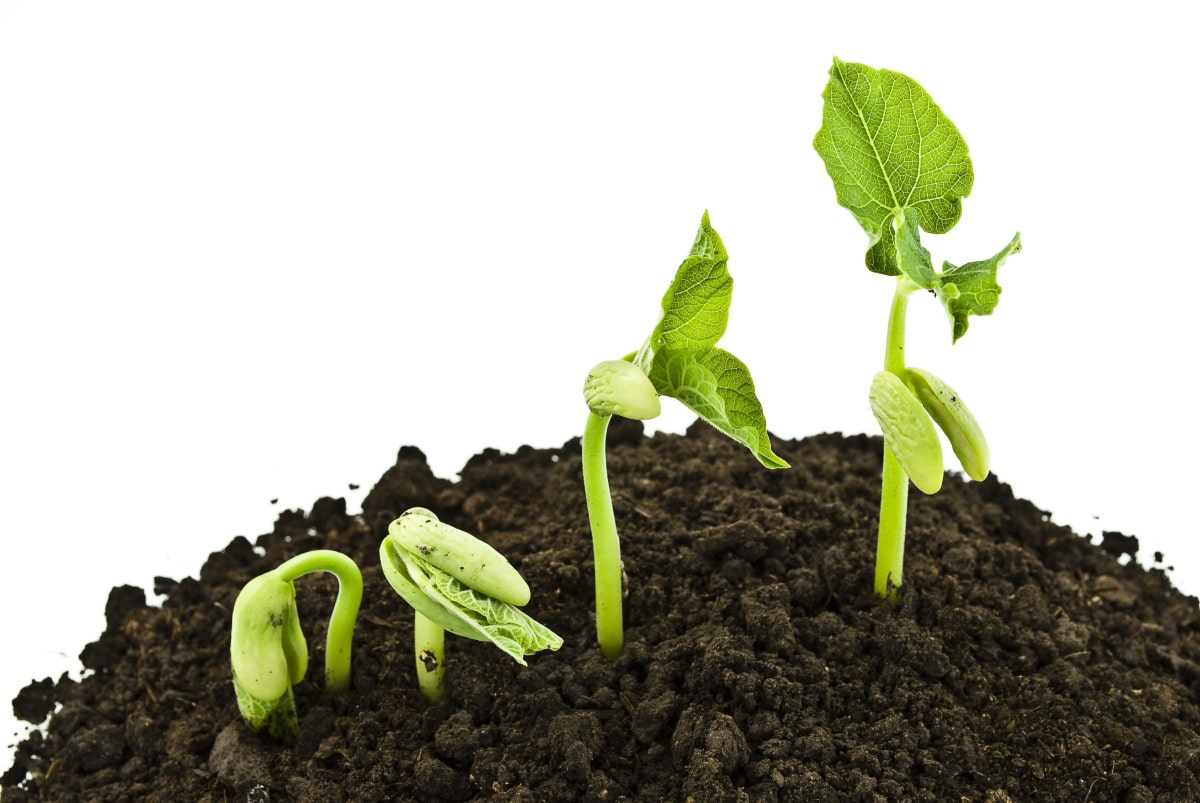
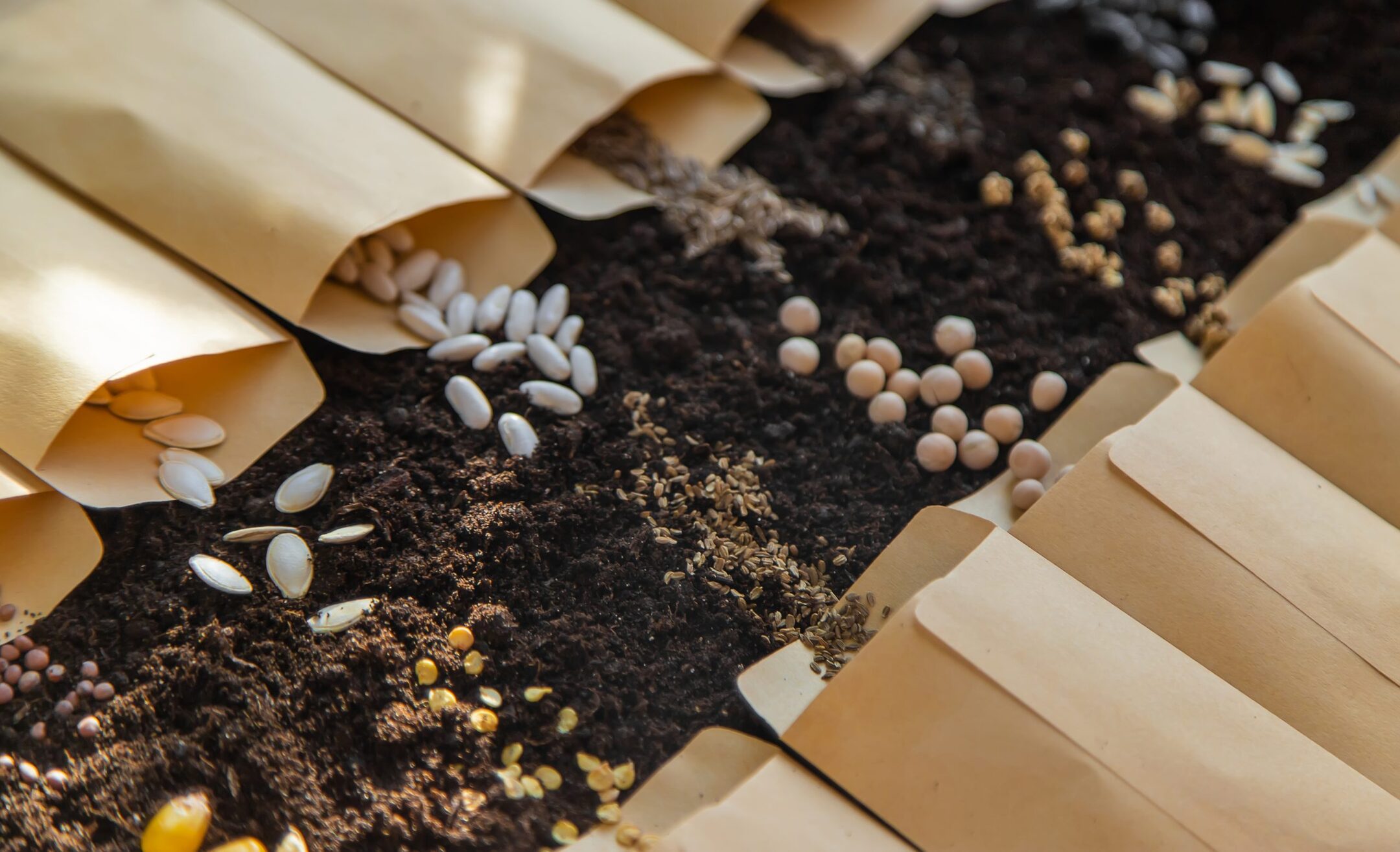
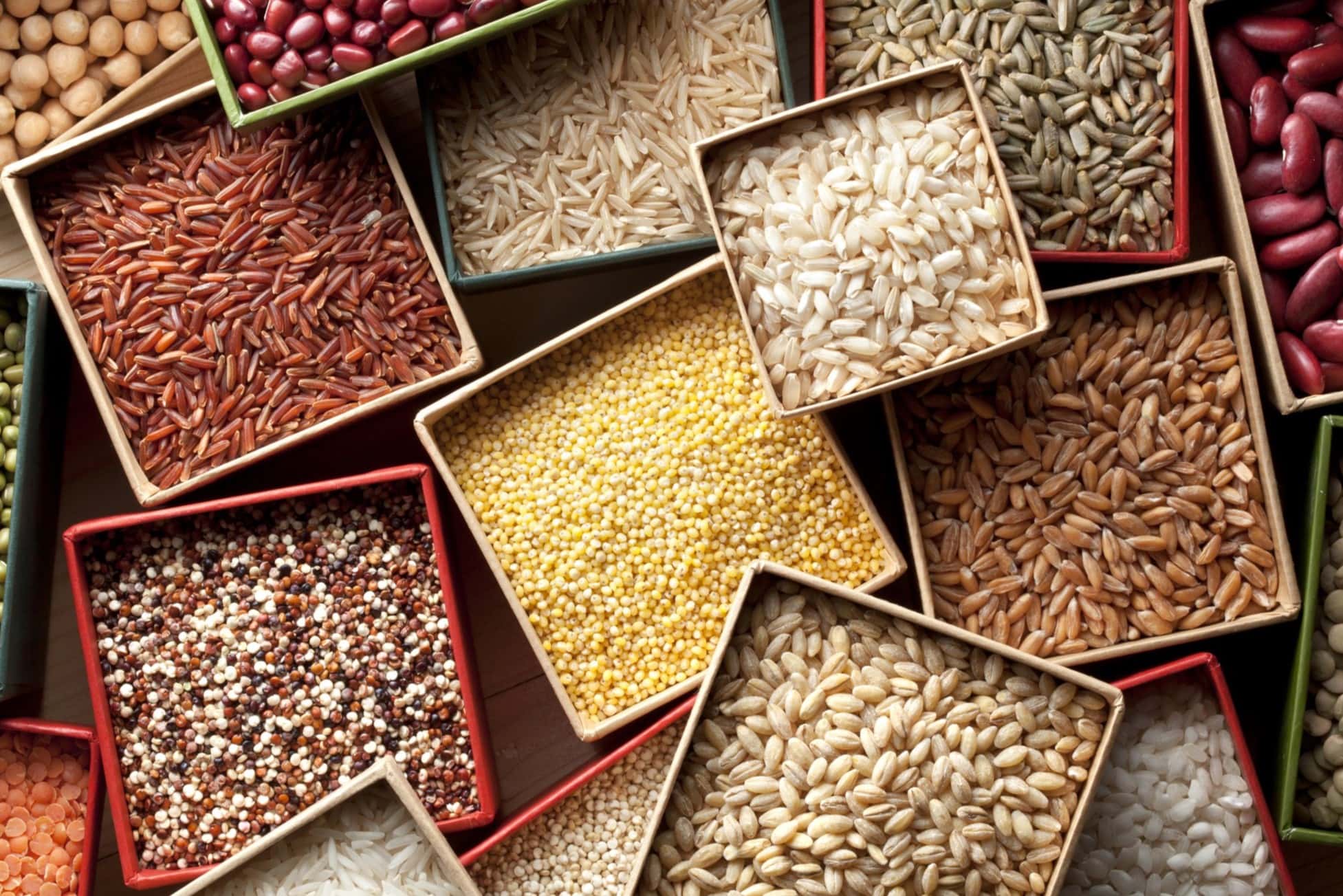
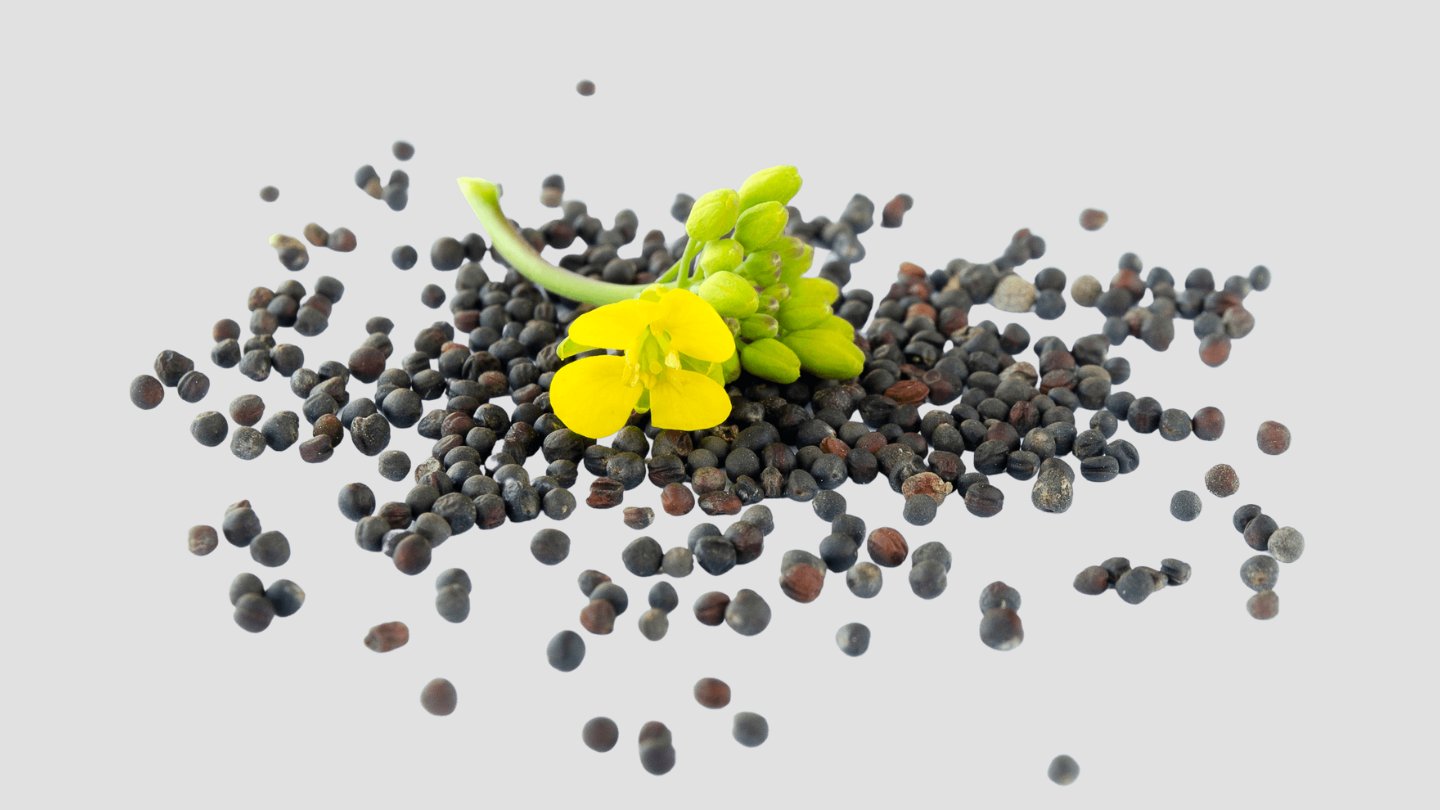
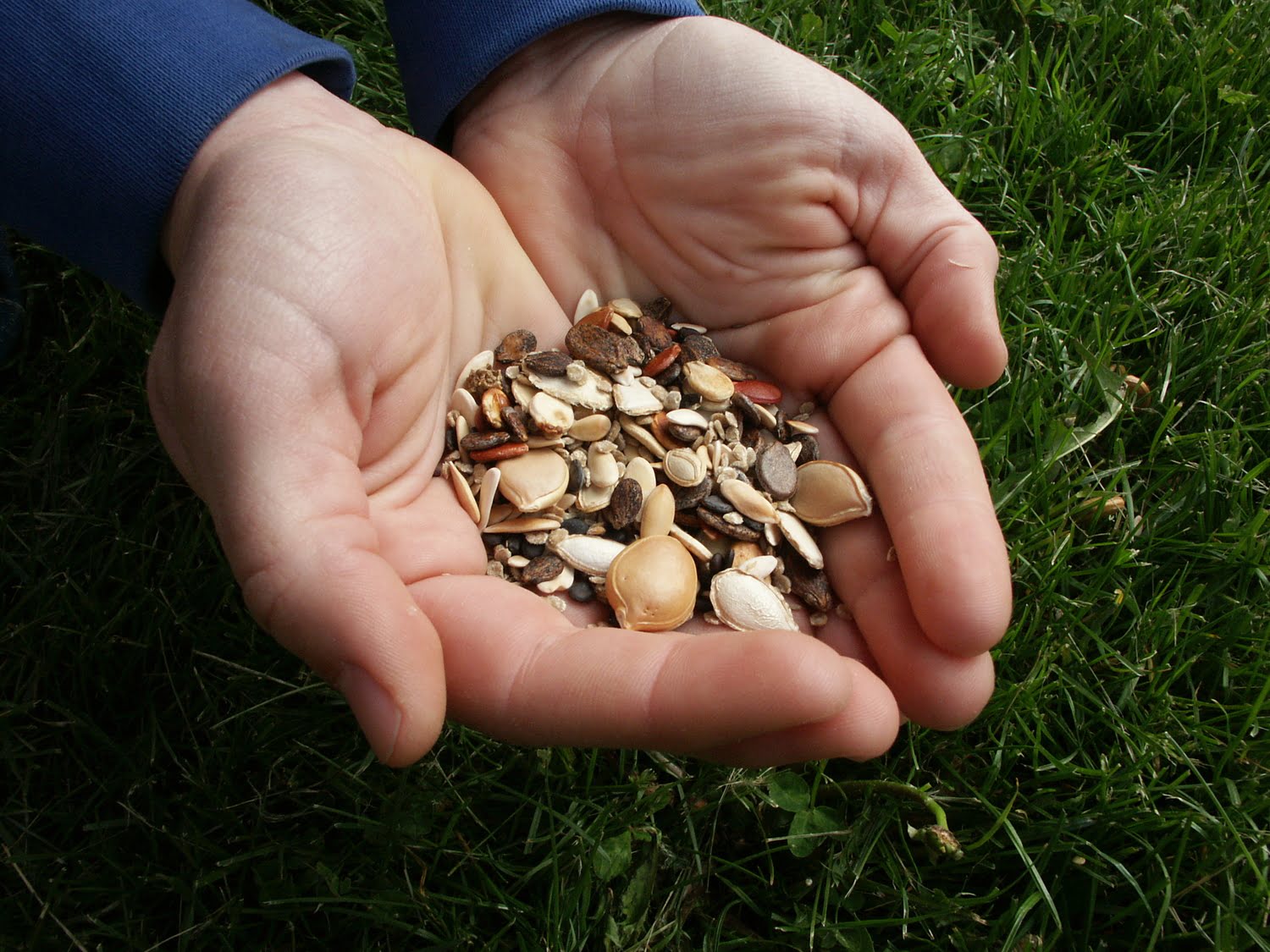
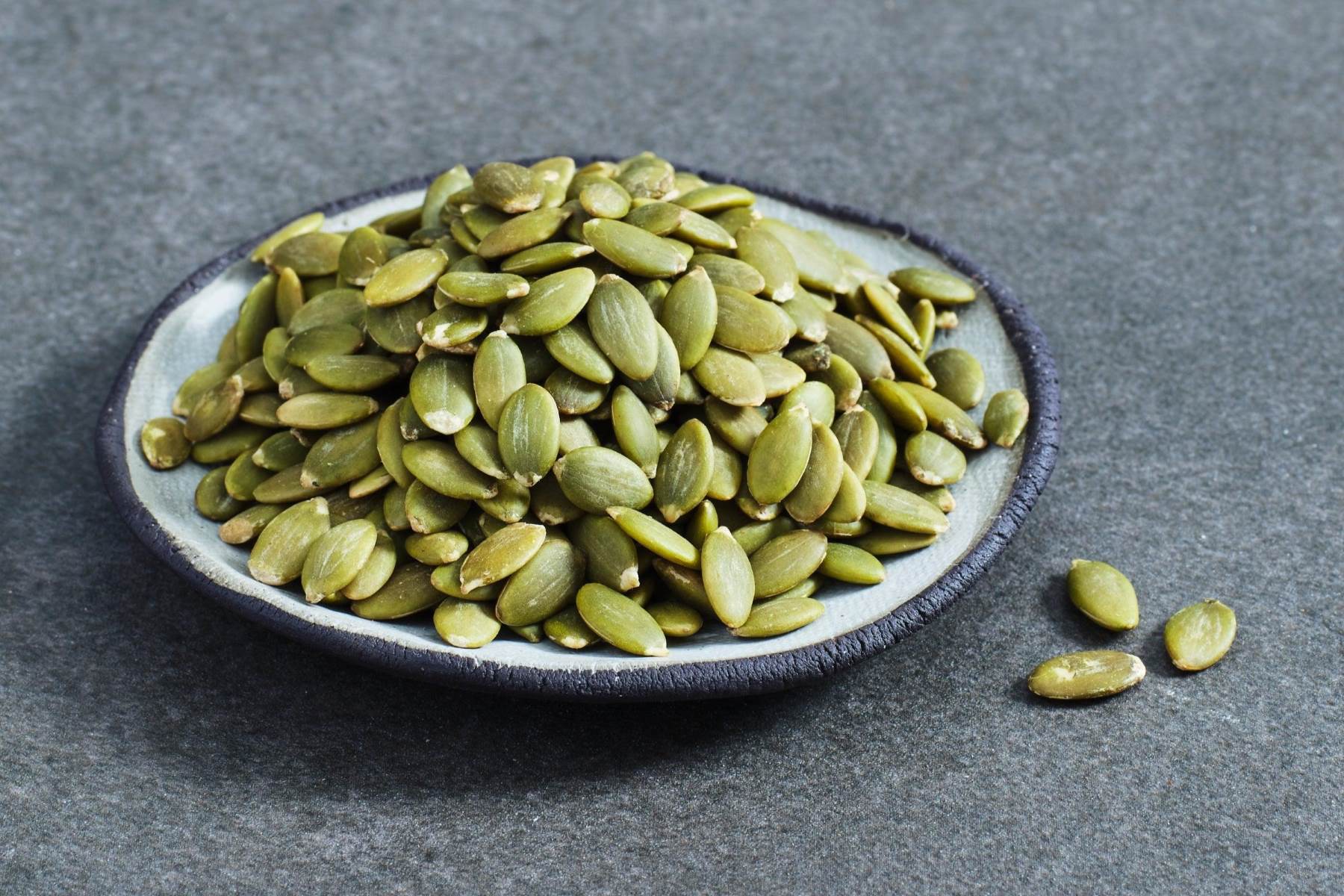
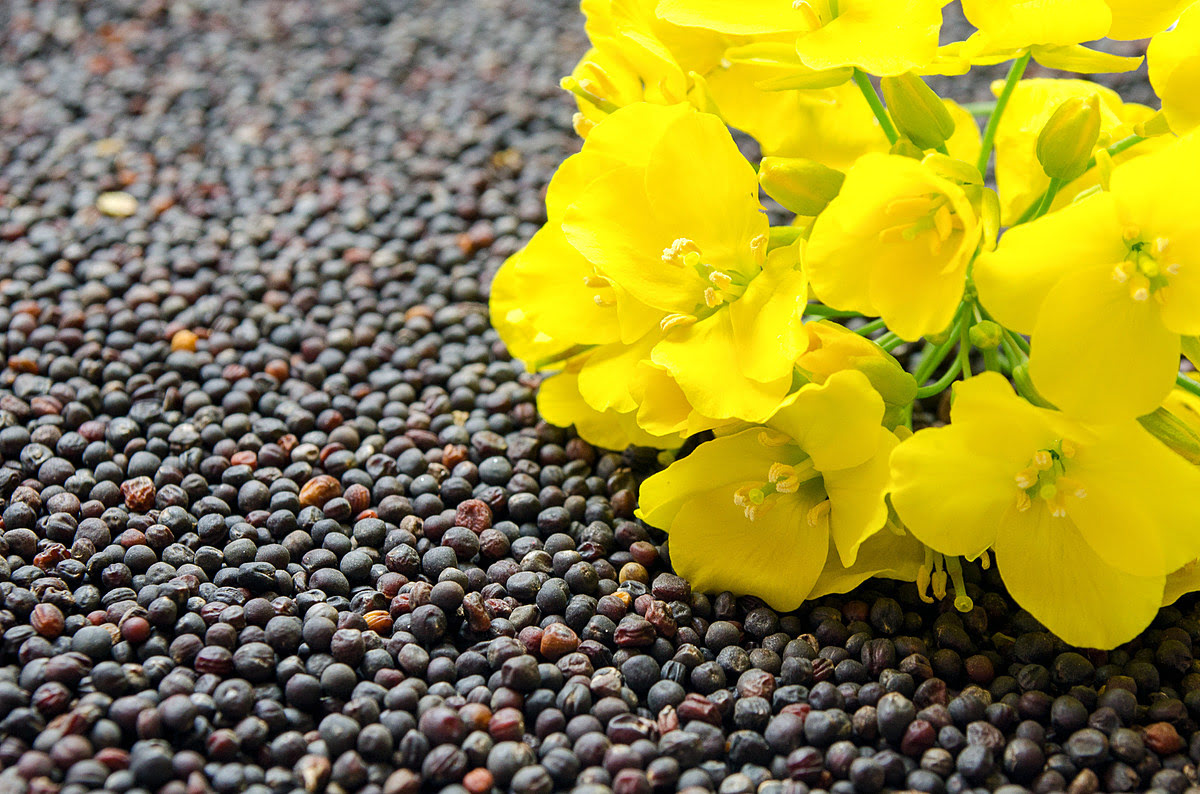

0 thoughts on “What Is Seed Treatment”